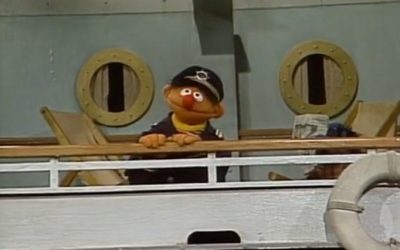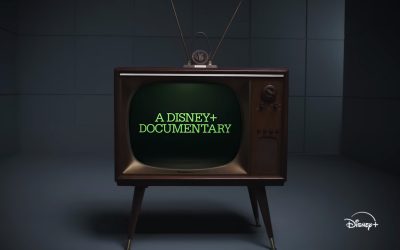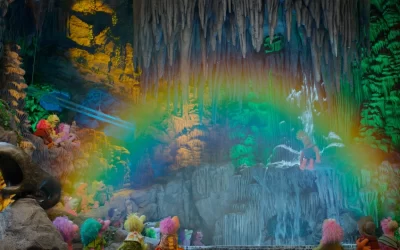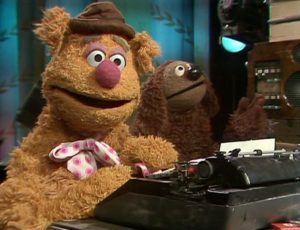
Hiya, fellow internet-dwelling mammals! Say, do you write news stories about pop culture on the internet or in print? You do? Well, then this is the article for you! And if you don’t? You should read it anyway!
Here’s the thing: You never know when the Muppets will be in the news. There could be a new production, or a new piece of merchandise, or an event, or anything. You (the person who writes news stories about pop culture on the internet or in print) might not be a Muppet fan, so you (the person who writes news stories about pop culture on the internet or in print) might not know how to write about the Muppets. But your readers are depending on you! You have to write about that Muppet thing! So here are some Useful Tips For Casual Muppet Fans Who Need to Write About Muppet Items on the Internet or in Print.
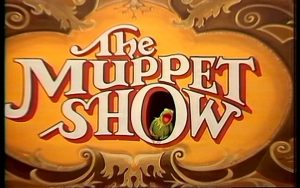
Useful Tip #1:
If your article is about any kind of new thing involving the Muppet characters from The Muppet Show — a talk show appearance, a movie, a Muppet-hosted monster truck rally — it is imperative that your article begins with the phrase “It’s time to play the music, it’s time to light the lights!” And then you can continue with whatever the specific thing is that you’re writing about.
“It’s time to play the music, it’s time to light the lights! It’s time to meet the Muppets on The Late Show with Stephen Colbert!” “It’s time to play the music, it’s time to light the lights! It’s time to meet the Muppets in the new major motion picture The Muppets Fall Down the Stairs!” “It’s time to play the music, it’s time to light the lights! It’s time to meet the Muppets AT THE FREEMAN COLISEUM THIS SUNDAY, SUNDAY, SUNDAY!” And so on.
This is useful for the following reasons: It invokes the Muppet Show theme song, and reminds readers of the fact that music is played and lights are lit when the Muppets perform.
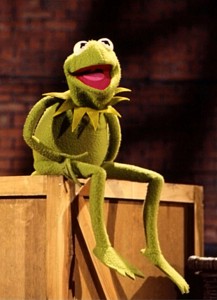
Useful Tip #2:
If your article is specifically about Kermit the Frog — a talk show appearance, a real-life frog who looks like him, a new line of flipper-shaped tennis shoes — it is strongly recommended that your article begins with a variation of the phrase “It’s not easy being green.”
Some possibilities: “It’s not easy being green, but it’s moderately easy being interviewed by Wendy Williams!” “It’s not easy being green, especially when you’re a real-life frog who looks like Kermit and everyone wants to take a selfie with you!” “Stop the presses and hold the phone, everyone! It turns out it is easy being green — at least when you’re Kermit the Frog and you’re promoting a new line of flipper-shaped tennis shoes! That’s when it’s easy being green!”
This is useful for the following reasons: It invokes Kermit’s signature song “Bein’ Green,” and it reminds readers of the fact that Kermit, who is a frog, is green and also does various things.
Note: If you can’t work “Bein’ Green” into your article, try as hard as you can to make a reference to “Rainbow Connection.” (Example: “Kermit didn’t find the Rainbow Connection yesterday, but he did find the Wendy Williams Connection!”)
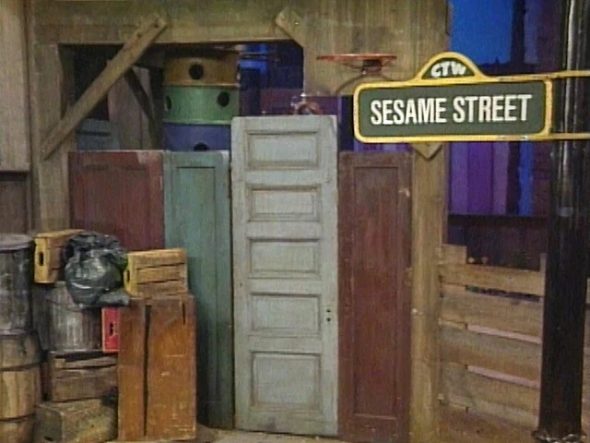
Useful Tip #3:
If your article is about something related to Sesame Street — a talk show appearance, a pop culture parody, a celebrity segment — the best thing to do is begin your article with a variation on the phrase “Can you tell me how to get to…?”
You might say “Can you tell me how to get to the set of The View? You can’t? Well, Cookie Monster can!” or “In this hilarious parody of Game of the Thrones, Grover from Sesame Street is going to tell us how to get, how to get to the castle of Winterfell which is located in the North in the mythical fantasy kingdom of Westeros!” or “Now comedian Emo Philips can tell you how to get, how to get to Sesame Street!”
This is useful for the following reasons: It invokes the theme song from the television program, and reminds readers that people sometimes ask other people how to get places.
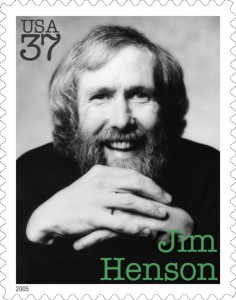
Useful Tip #4:
If your article is about something related to Jim Henson — a recently discovered video clip of a talk show appearance, a museum exhibition, a fan’s mashed potato sculpture — it is advisable that the beginning of your article refers to him as “Captain Vegetable’s bearded buddy Jim.”
For example, “Captain Vegetable’s bearded buddy Jim once did a super-weird interview with Orson Welles!” or “Captain Vegetable’s bearded buddy Jim is celebrated in a great museum exhibition that includes all your favorites, like Taminella Grinderfall!” or “Captain Vegetable’s bearded buddy Jim looks starchier than ever in one fan’s mashed potato sculpture!”
Disclaimer: I have not actually ever seen any writer, anywhere, anytime, refer to Jim Henson this way. But I’m hoping this article catches on and it becomes a trope. Spread the word!
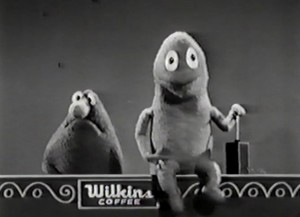
Useful Tip #5:
Finally, no matter what kind of Muppet thing you’re writing about, here’s a neat trick: Get at least one detail wrong. Spell Fozzie’s laugh as “waka waka.” Spell the name of the bear who says “wocka wocka” as “Fozzy.” Call the pig “Mrs. Piggy.” State explicitly that Jim Henson created Sesame Street. Refer to the character Wilkins from the old coffee commercials as Kermit.
This is useful for the following reason: It gives the hardcore Muppet fans something to complain about. Hardcore fans of anything love complaining.
That’s all I have for now, but I’ll write more of these if I think of any. For now, you (the person who writes news stories about pop culture on the internet or in print)’re welcome!
Click here to find out who are the people in your neighborhood on the Tough Pigs forum!
by Ryan Roe – Ryan@ToughPigs.com

